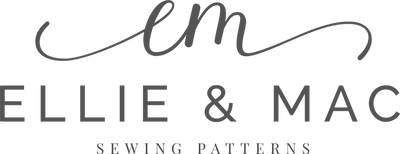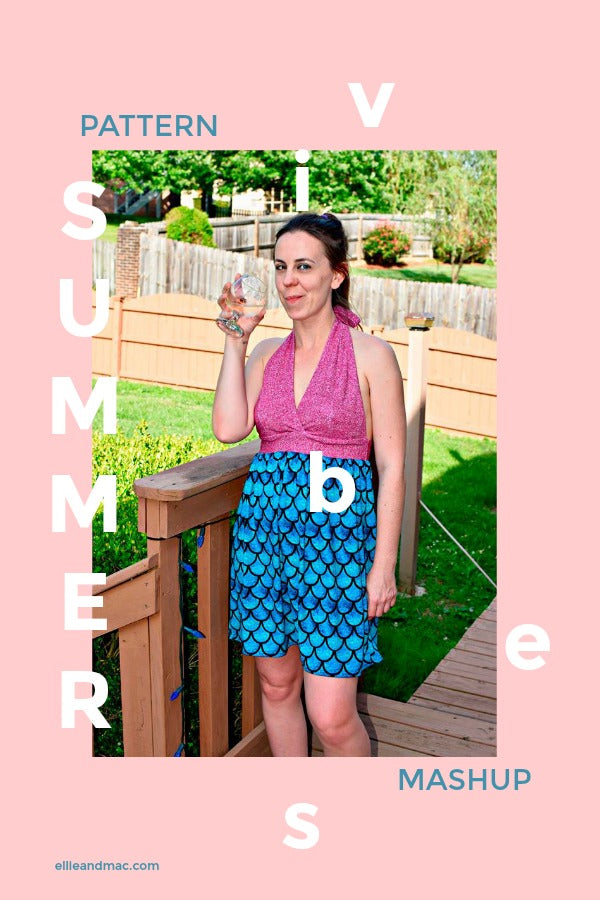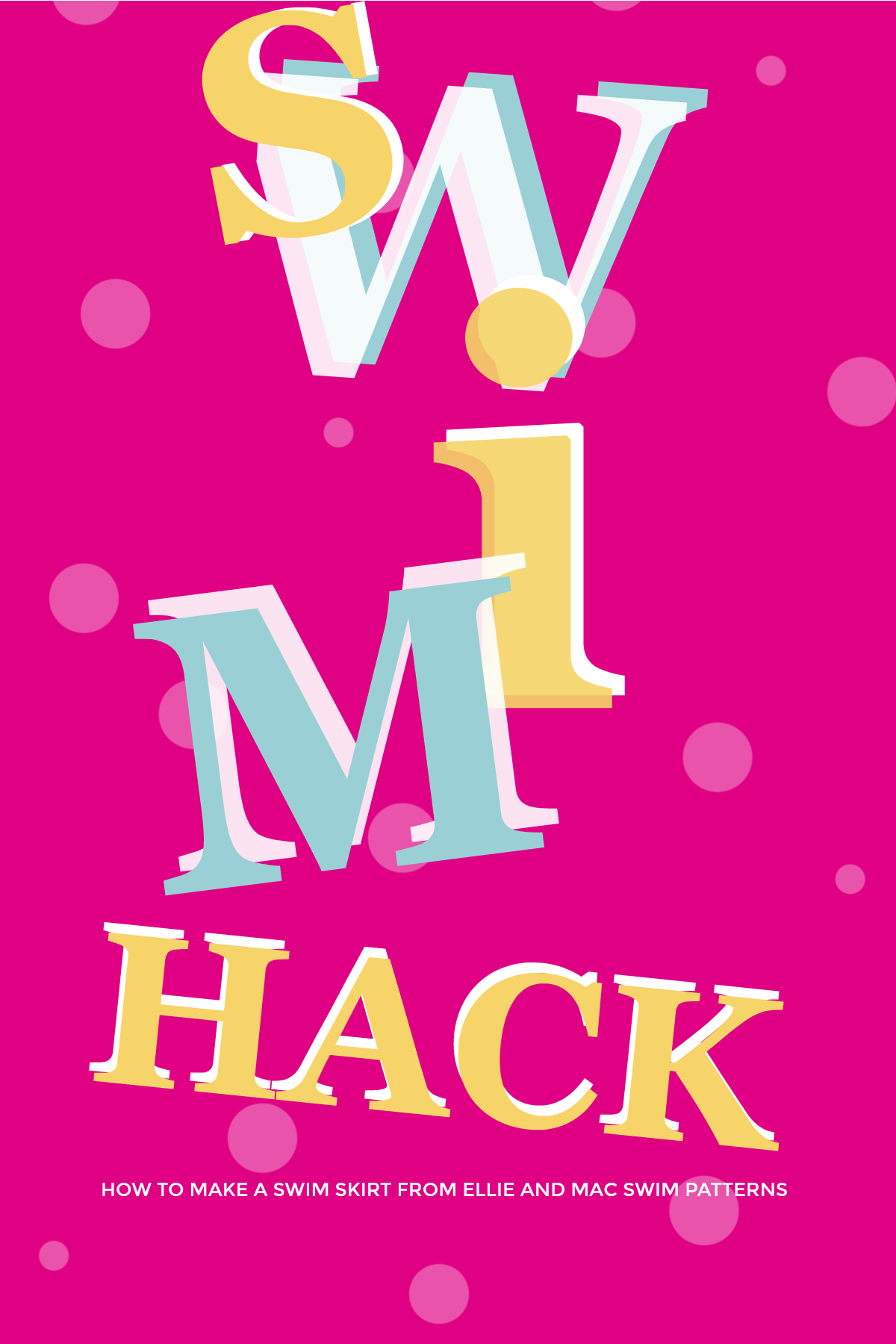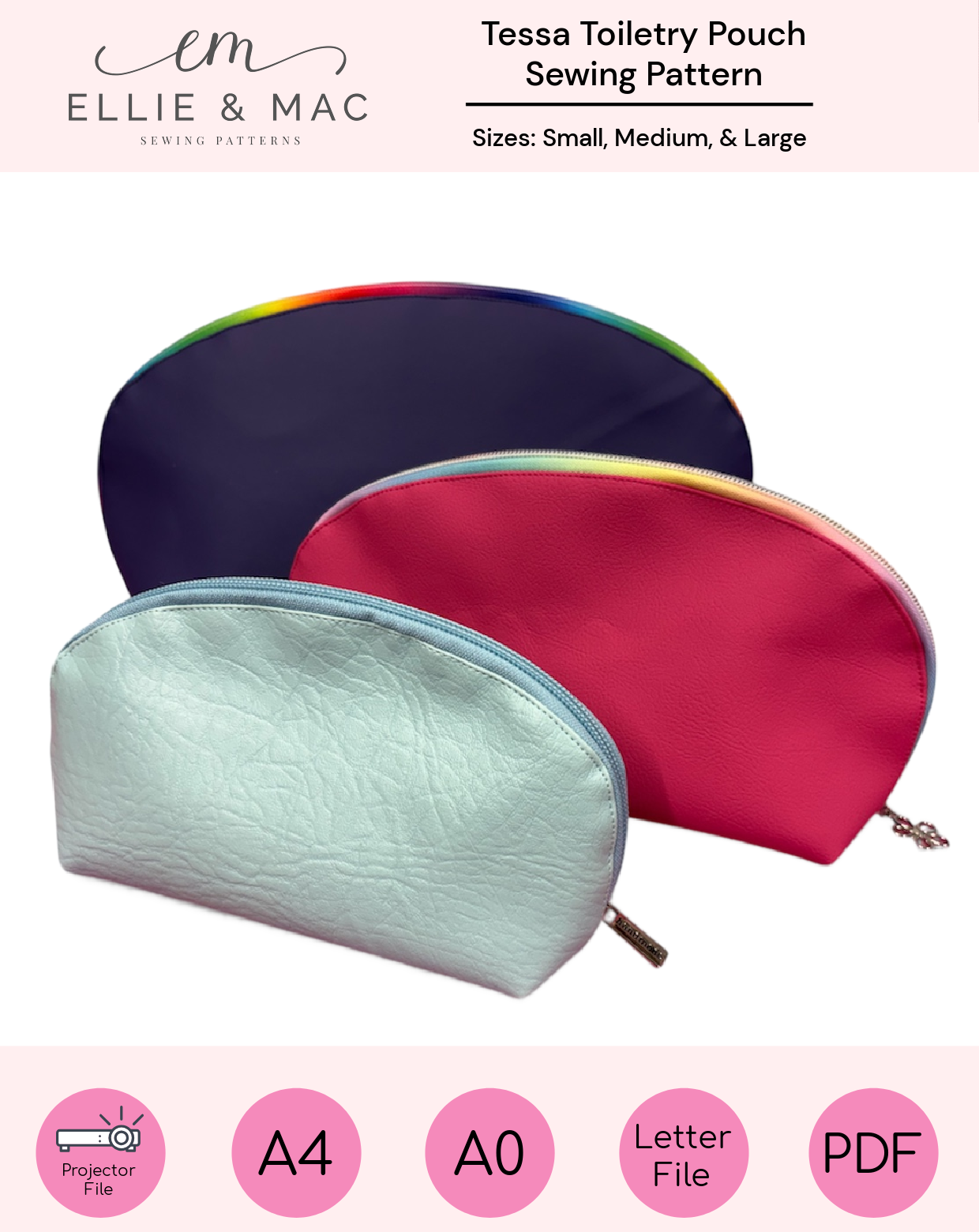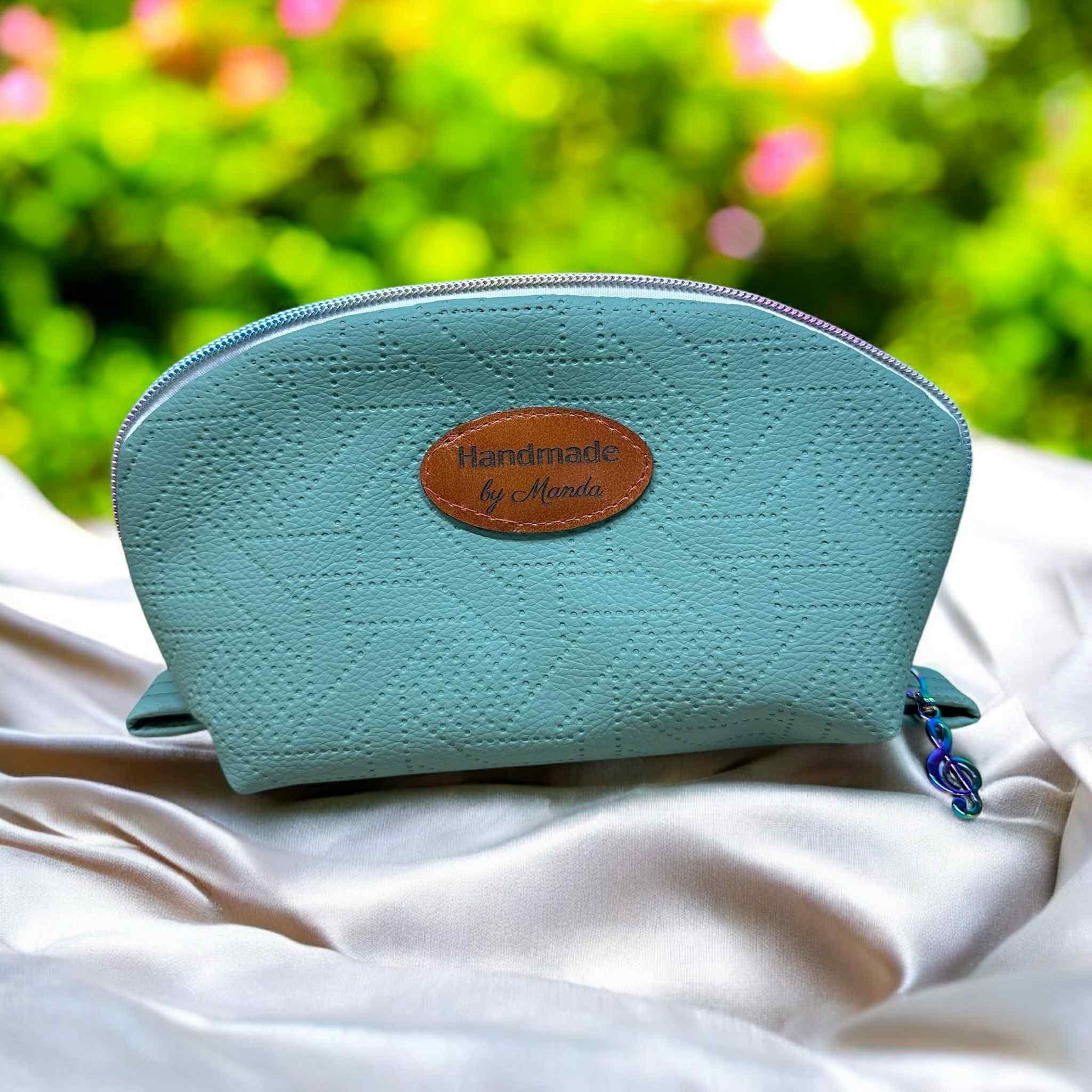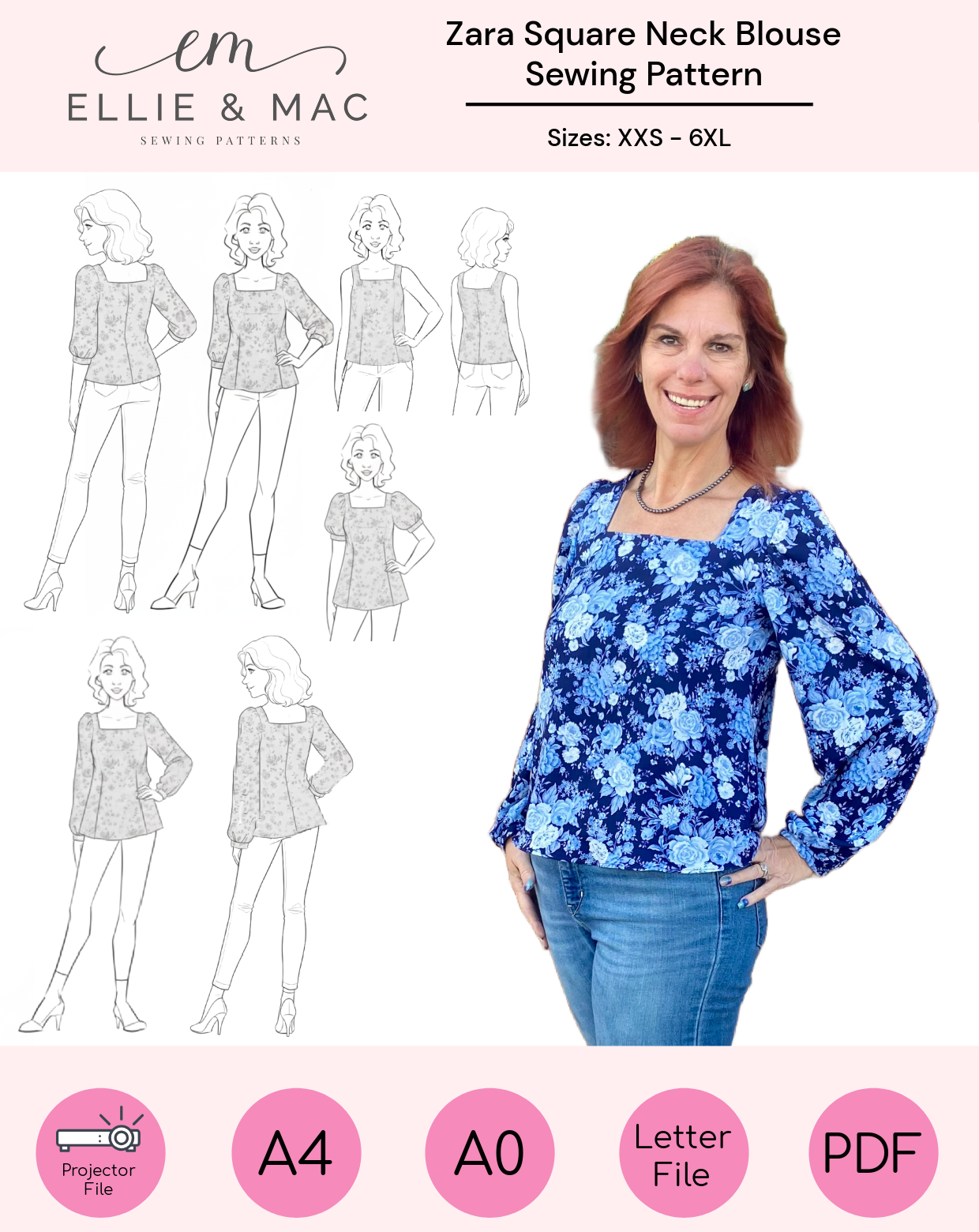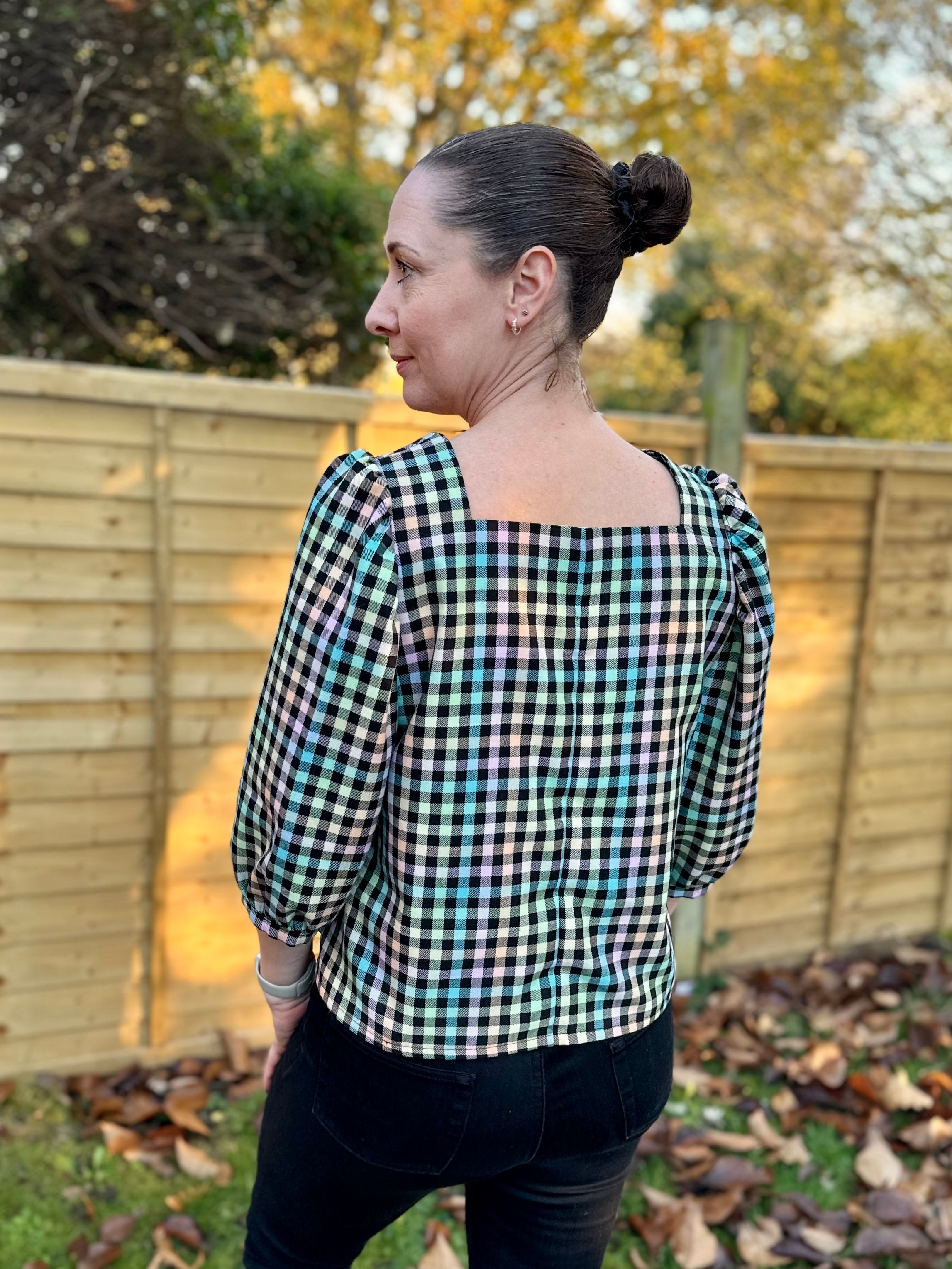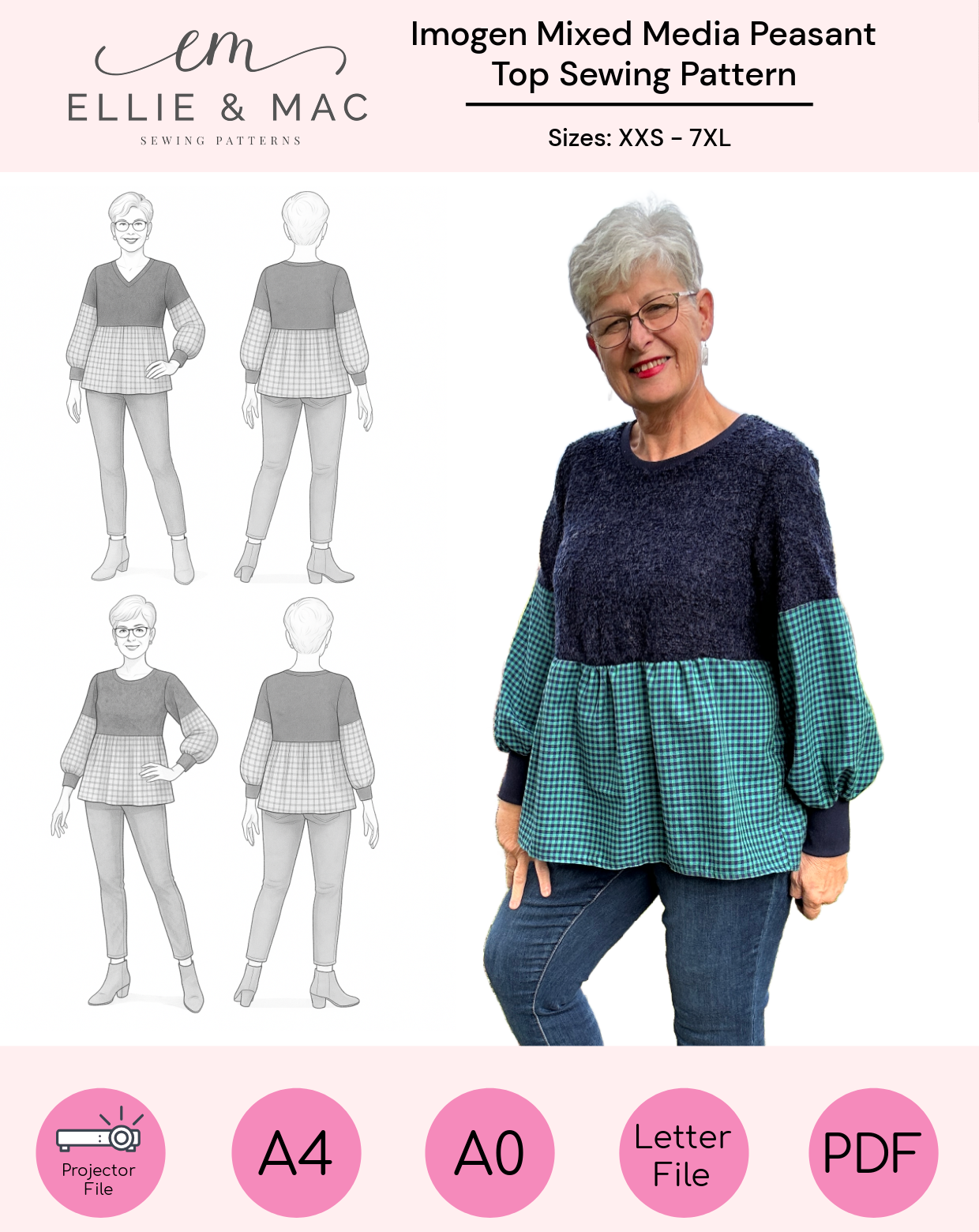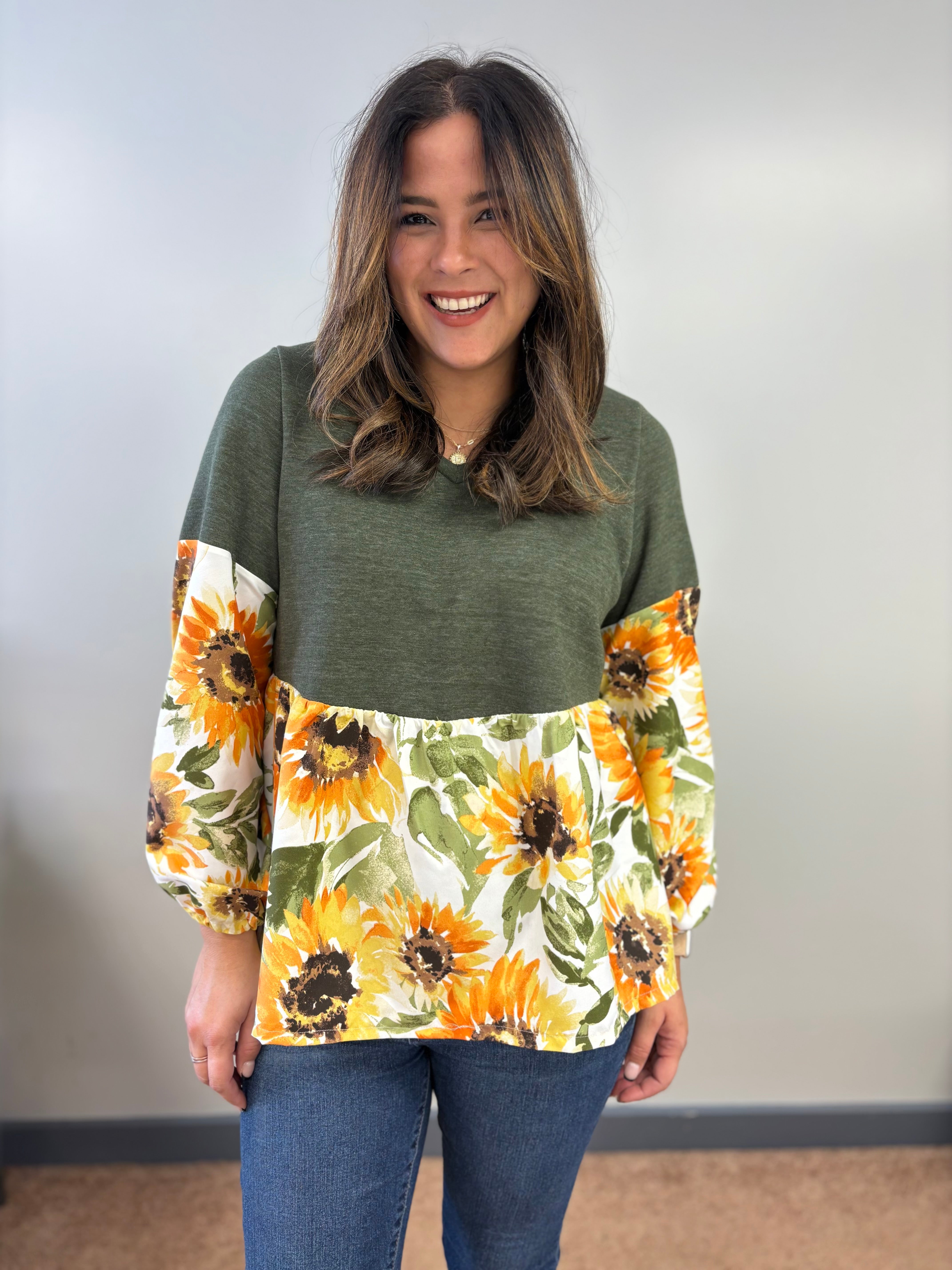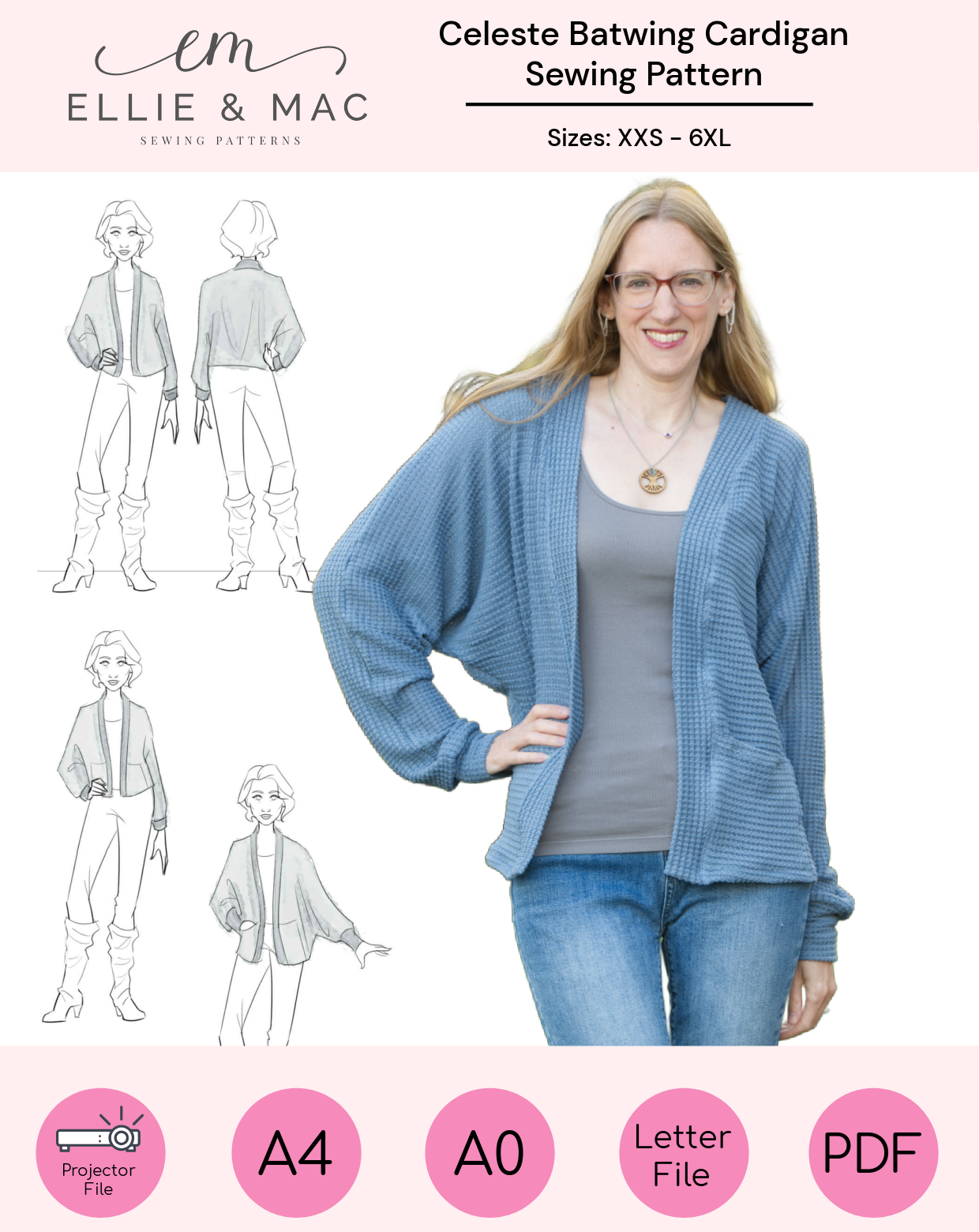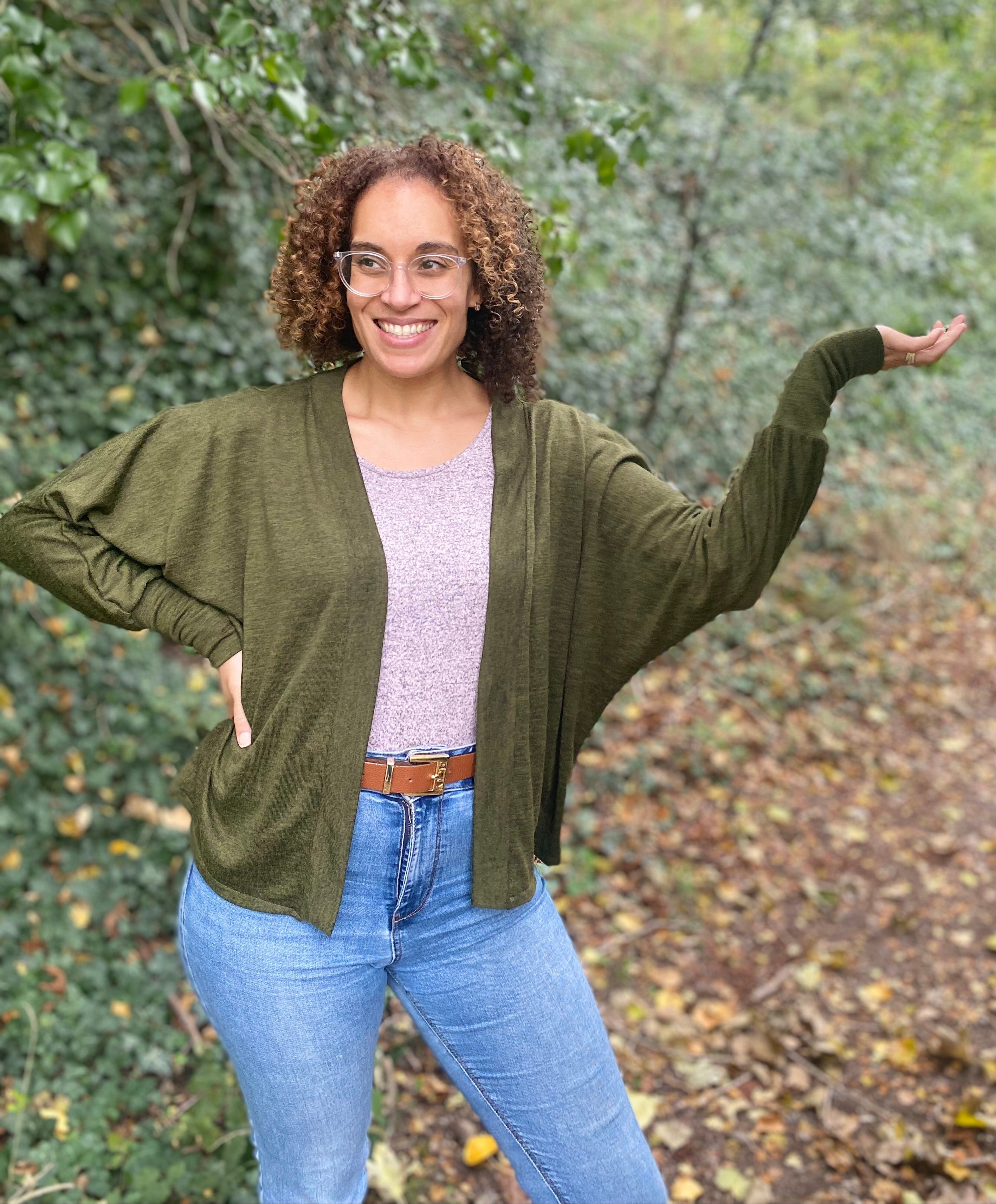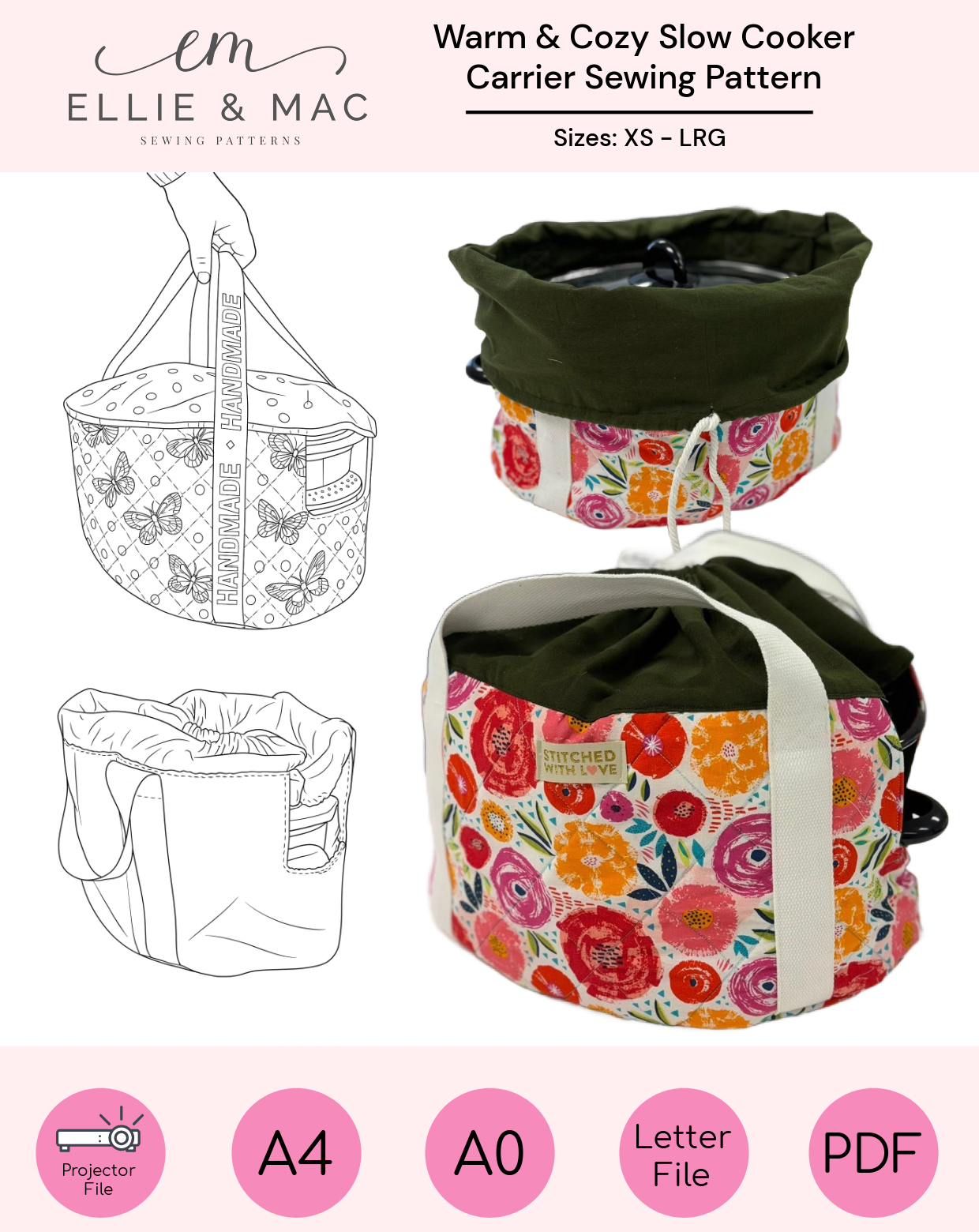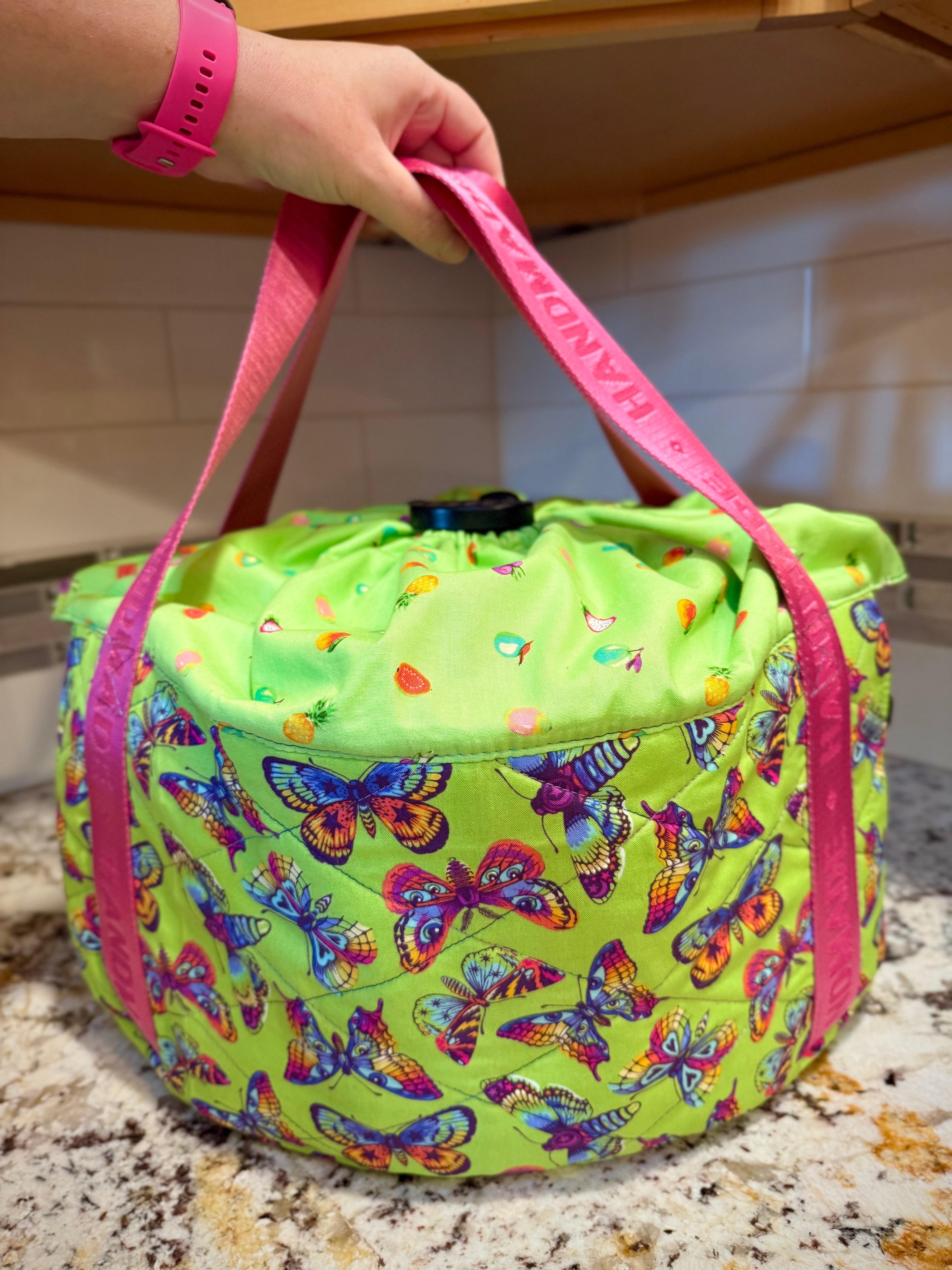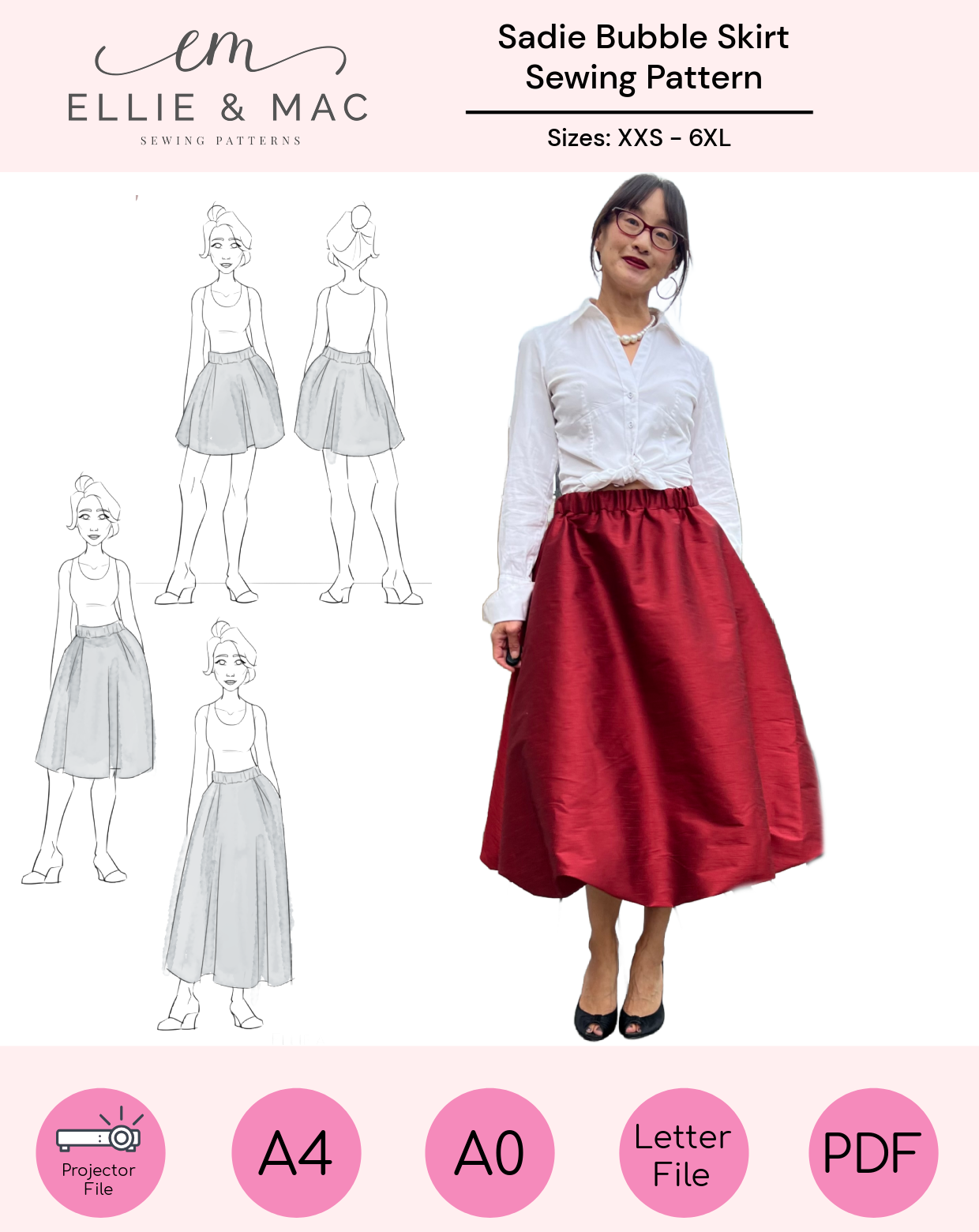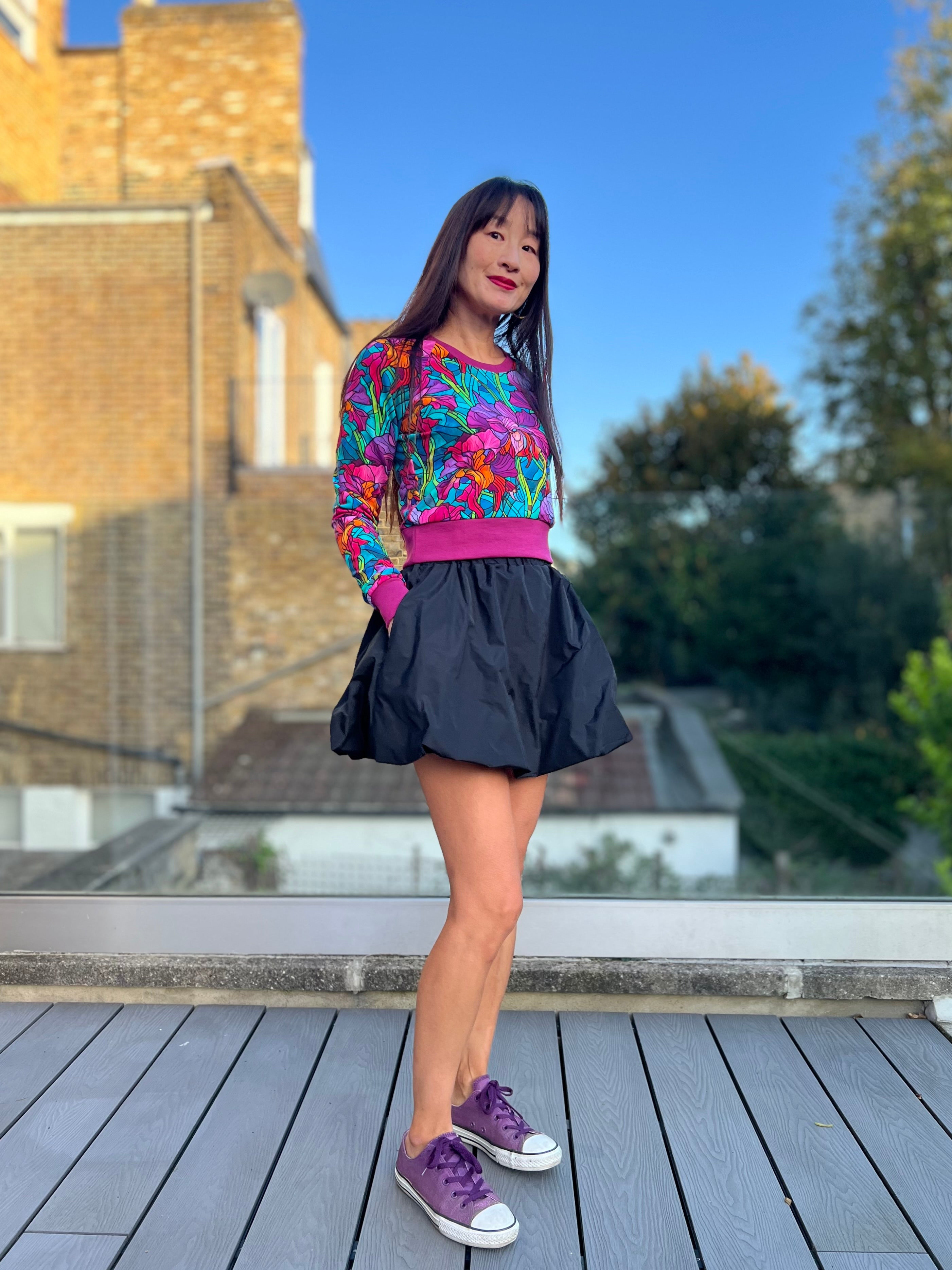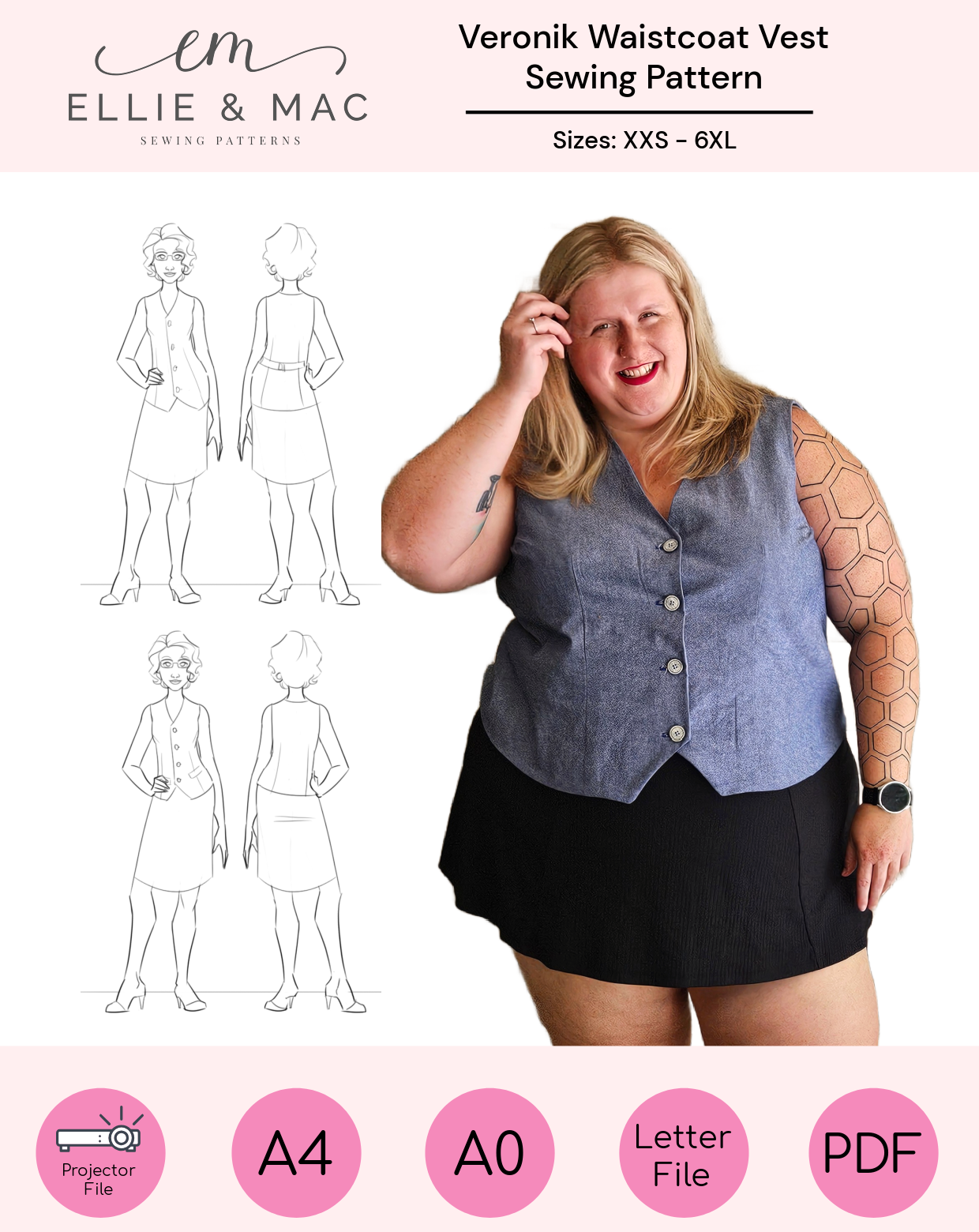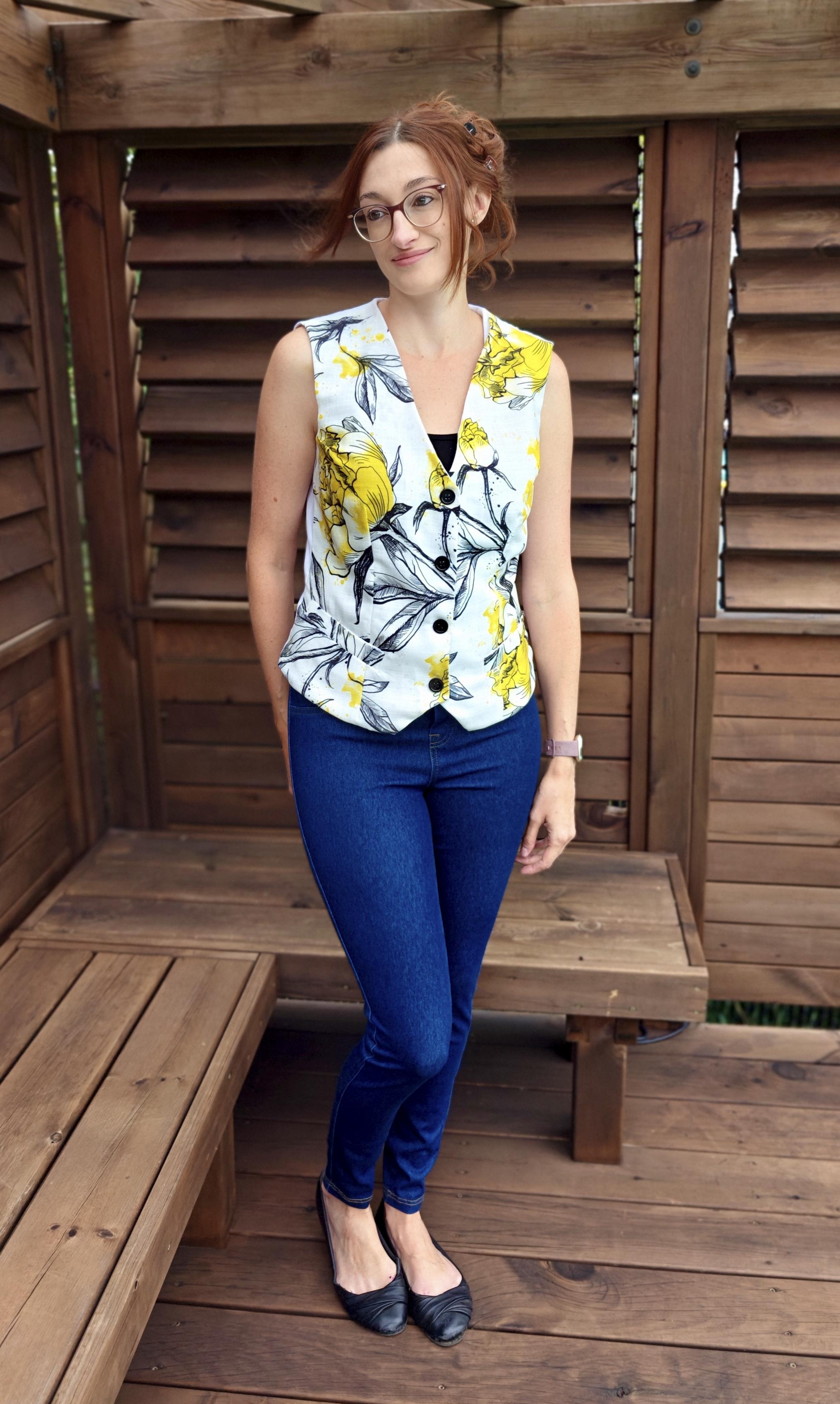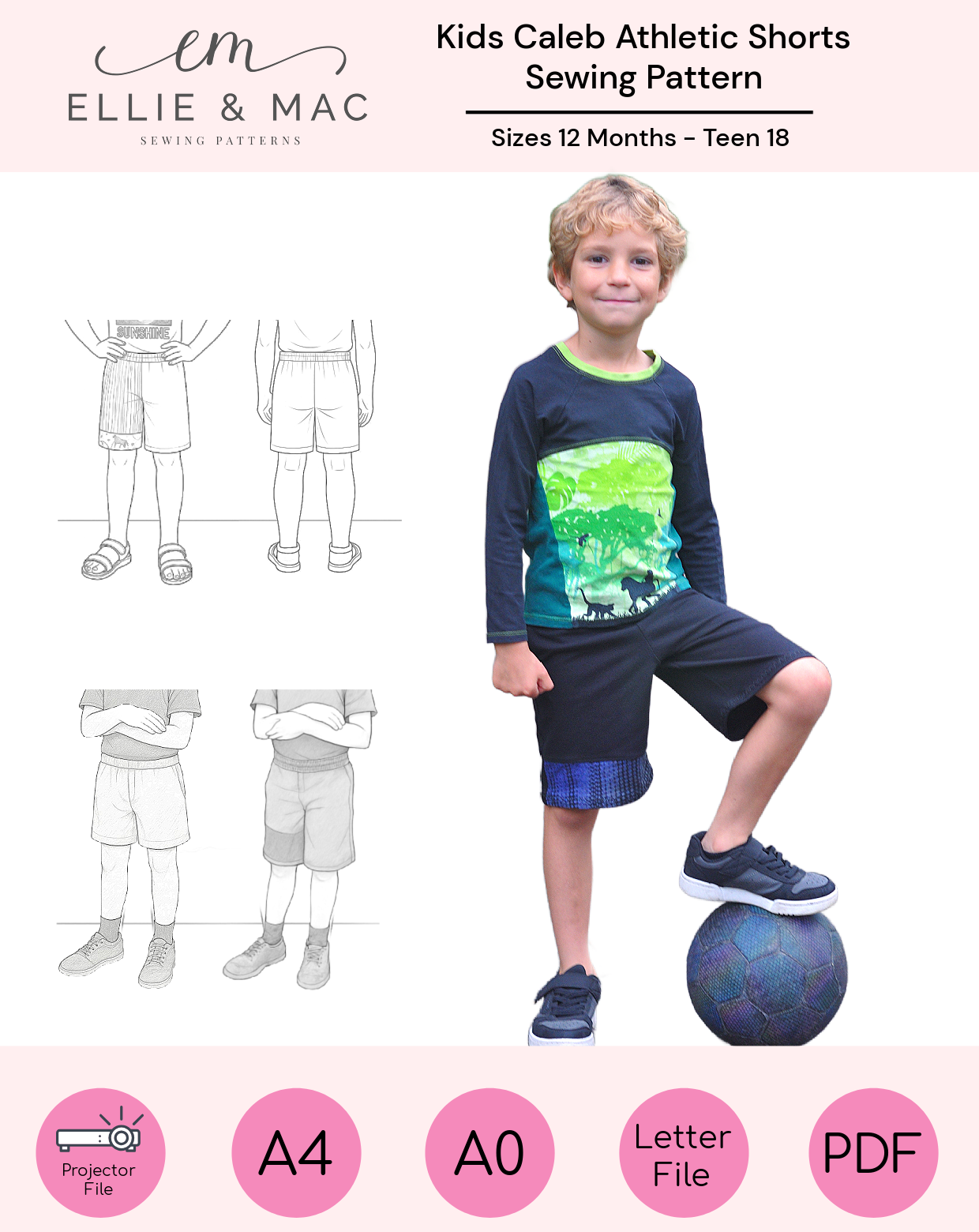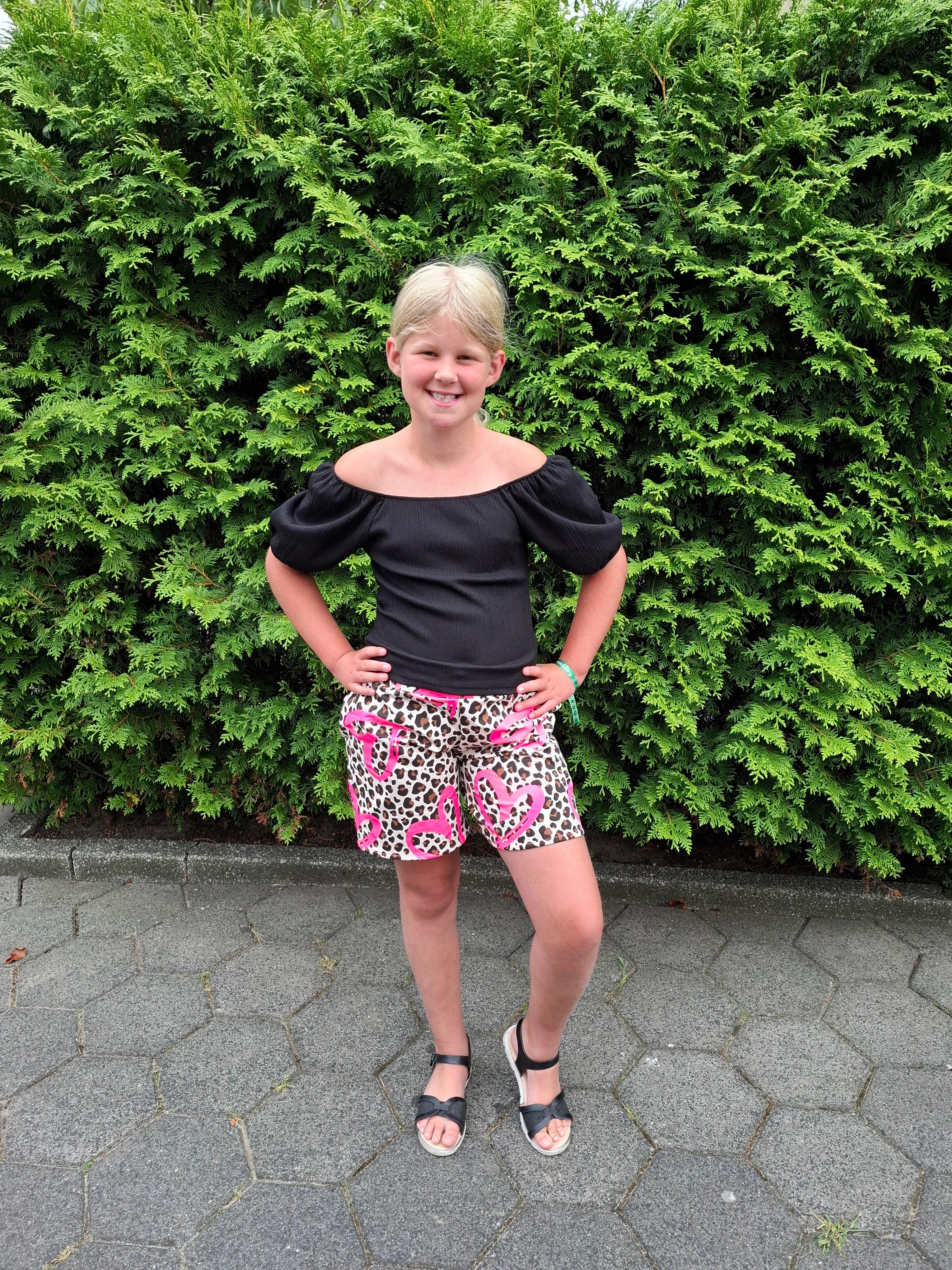My name is Melissa, but these days I answer to many names, including mom. I’m a self-taught seamstress and have really enjoyed the process of learning thus far. I dabbled off an on for a while before I decided I would make sewing a hobby and truly learn how to sew anything and everything. I mainly learned how to sew to help make cloth wipes for my littlest one (who is almost 3 years old now). Then I realized it was difficult to find clothes that fit my oldest. Apparently being skinny and tall makes it rather difficult to find clothes that fit right. It’s even worse now with her waist is size 5 and her length is size 7.
I have enjoyed pattern testing, strike off sewing, and everything in between. I really started to enjoy participating in Sew A Longs and decided to start hosting one monthly. I love any excuse to sew. I also have a blog I try to post to semi regularly about my sewing.
This time I wanted to work on a pair of the Wild Wide Pants (affiliate link) for my daughter. I know this is considered a boy’s pattern, but someone was a little jealous after I made a pair for her brother and she just had to have one for herself. I helped test these pants and still love them.
The fabric I used is a bit left over after sewing up a strike for a fabric group. I love that I can use scraps for accent pieces and use something else for the main portion of the legs.
I used several items when sewing up these pants.

I also decided to make a couple adjustments or modifications to make these more what my kids prefer to use and wear.
- Single leg pieces
- Grommet waistband with cording drawstring
- Snaps instead of hook & loop
Let’s get started!
I always try to make sure and measure the test square to ensure that everything is printed to the correct size. I cut and tape my patterns because I can’t stand glue. That and one of my kids will usually run off with glue well before they run off with my tape. With this pattern, I also cut the pocket placement out and reattach with a piece of tape so it can be easily moved to copy that placement down. You’ll see a picture of that in a bit.
I cut all pieces of the same fabric out together to save me time and hassle from going back and forth from one fabric to the other, as I’ve had to do when cutting by specific pieces. Because I decided to make the legs each a single piece rather than two pieces for each leg, I overlapped the leg pieces in the center by the seam allowance. This ensures they aren’t too big. It also allows me the chance to pull back the flap I created for the pocket placement and trace that outline using chalk.

I also decided to use the pocket top piece as a guide when cutting out the interfacing for the pocket snaps. It helped me keep the size appropriate and it saves quite the headache when it comes to measuring out what you need. I like to give out helpful hints when I can.
I started to construct the pockets first. I know with interfacing we are supposed to use an iron and make everything beautiful, but I honestly didn’t feel like pulling out the iron for little pieces of interfacing. Instead, I use this handy little flat iron that I found on a sale for $10 somewhere. It works beautifully here. Just remember to press, open and move, don’t just drag it across like you would with your hair, it’s been known to stretch knits on me when doing that.
Pocket construction is fairly straightforward and clearly written in the pattern tutorial. Here are a few pictures of me constructing the pocket. I clip everything to make sure I keep it all in the right orientation. I always leave the turn space in the bottom of the pocket piece to ensure it’s closed up properly and doesn’t lead to any issues.

I use pins when I attach the pockets to the pants leg. This is one situation where clips are not always my friend. I have become a fan of the longer quilting pins.
After sewing the pockets and pocket tops to the pants I then attach snaps.

Next we need to get the cuffs on. I always check and double check the cuff positioning and how it will lay when finished to be sure I am not leaving a print or pattern upside down. I also opt to use my coverstitch to sew down the cuff to the leg rather than just topstitching it with my sewing machine.

Then I sewed the front and back crotch seams on the pants. Next, was the inner leg seam. This seam will leave serger or sewing tails that will need to be secured. I’ll show you how I do this here a little further down.

Now for the waistband, I wanted to use grommets this time. I really love the way they look and my daughter thinks they’re “super cool”. I used the waistband pattern piece to locate the positioning of the grommets. I poked small holes through these with an awl. I then added the interfacing to the back of the fabric to give a little extra strength to the waistband. This small piece was maybe 2.5” by 1”. After adding the interfacing, I cut the holes a little bigger so it would fit properly on my snap press with the grommet pieces.

After this, I serge the shorter ends together and then quarter the waistband, marking these quarter points with clips and clip the waistband to the pants.
Next, I tie a knot on one side of the drawstring cord and thread the other end through the grommets and around the band. Take extra care to ensure the cord stays as close to the fold of the band as possible. I serge this part of the pants as well, taking extra care to be aware of where the drawstring cord is at. I don’t want to ruin any part of the pants, especially at this late stage.

I use a crochet hook to secure all my serger tails. I pull them under the existing stitches and then trim the remaining threads.

These pants are complete and ready for modeling.

